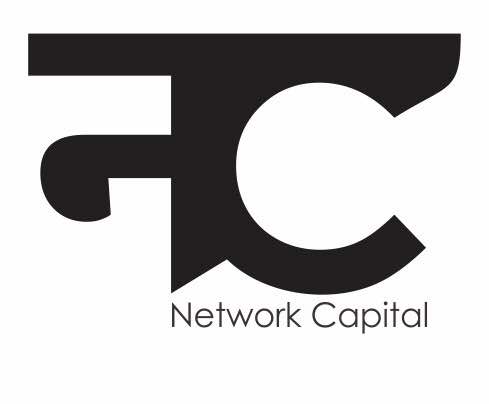Peter Principle
Network Capital
Workplace hierarchies enable growth of individuals only till they reach their highest point of incompetence, that is, people rise in their workplace till the time they succeed in their previous role. This system either leads to getting fired or incompetence and work stagnation.
Businesses, governments and organizations perpetuate a very linear idea of hierarchy, promotion and growth. They create a straightforward path of progression based on time, competency and authority. 20th-century American companies like General Motors and modern Indian Administrative Services are examples of the Peter Principle.
The Peter Principle thrived in the world that was trying to build capacities of mass-production, centralized and hierarchical admin- istration and standardized work-systems. The success of Fordism and 20th-century capitalism is largely due to Peter Principle. However, despite its 20th-century success, it is becoming irrelevant in the 21st century. In contemporary workplaces, the Peter Principle is emerging as a barrier to creativity and innovation and as a result, a barrier to economic progress.
As the imperative mode of economic production shifts from material goods to unique services, the Peter Principle increasingly becomes unfavourable. The idea of promotion, a crucial aspect of the Peter Principle, has drastically changed in organizations. Unlike before, for a salesperson or coder to become a manager, is no more an obvious progression. Rather, it might even be counter-productive for them.
While there is general recognition that the Peter Principle is counterproductive, it is still being used. Therefore, to overcome its impact in our professional lives, we can
(a) Build a reputation as an individual beyond our company and job profile;
(b) If required, actually avoid getting promoted;
(c) Be collaborative and humble; and
(d) Choose a good boss over a good company.
The Peter Principle thrived in the world that was trying to build capacities of mass-production, centralized and hierarchical admin- istration and standardized work-systems. The success of Fordism and 20th-century capitalism is largely due to Peter Principle. However, despite its 20th-century success, it is becoming irrelevant in the 21st century. In contemporary workplaces, the Peter Principle is emerging as a barrier to creativity and innovation and as a result, a barrier to economic progress.
As the imperative mode of economic production shifts from material goods to unique services, the Peter Principle increasingly becomes unfavourable. The idea of promotion, a crucial aspect of the Peter Principle, has drastically changed in organizations. Unlike before, for a salesperson or coder to become a manager, is no more an obvious progression. Rather, it might even be counter-productive for them.
While there is general recognition that the Peter Principle is counterproductive, it is still being used. Therefore, to overcome its impact in our professional lives, we can
(a) Build a reputation as an individual beyond our company and job profile;
(b) If required, actually avoid getting promoted;
(c) Be collaborative and humble; and
(d) Choose a good boss over a good company.
Career Intelligence
Resources
Copyright © 2025-2021 Network Capital

